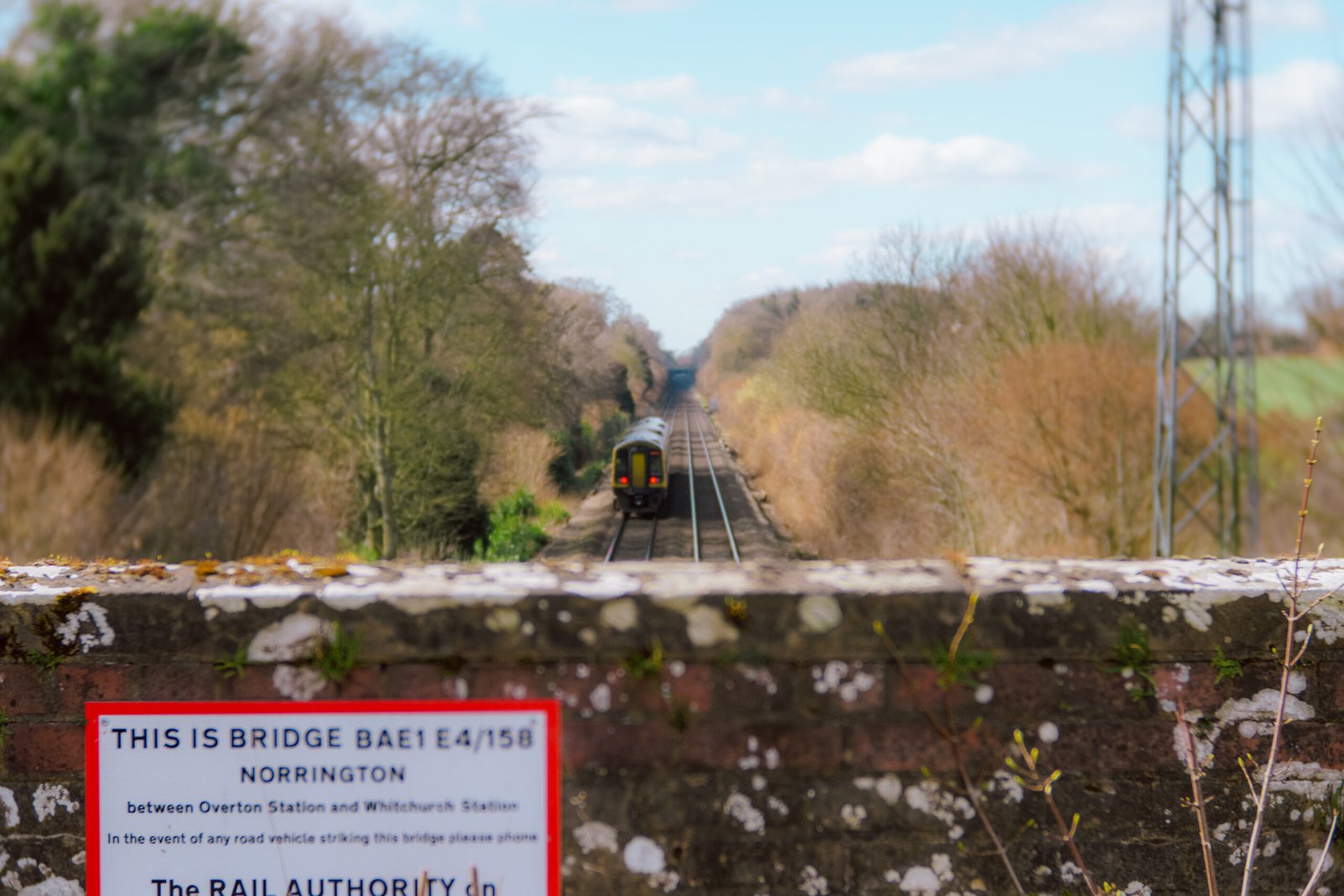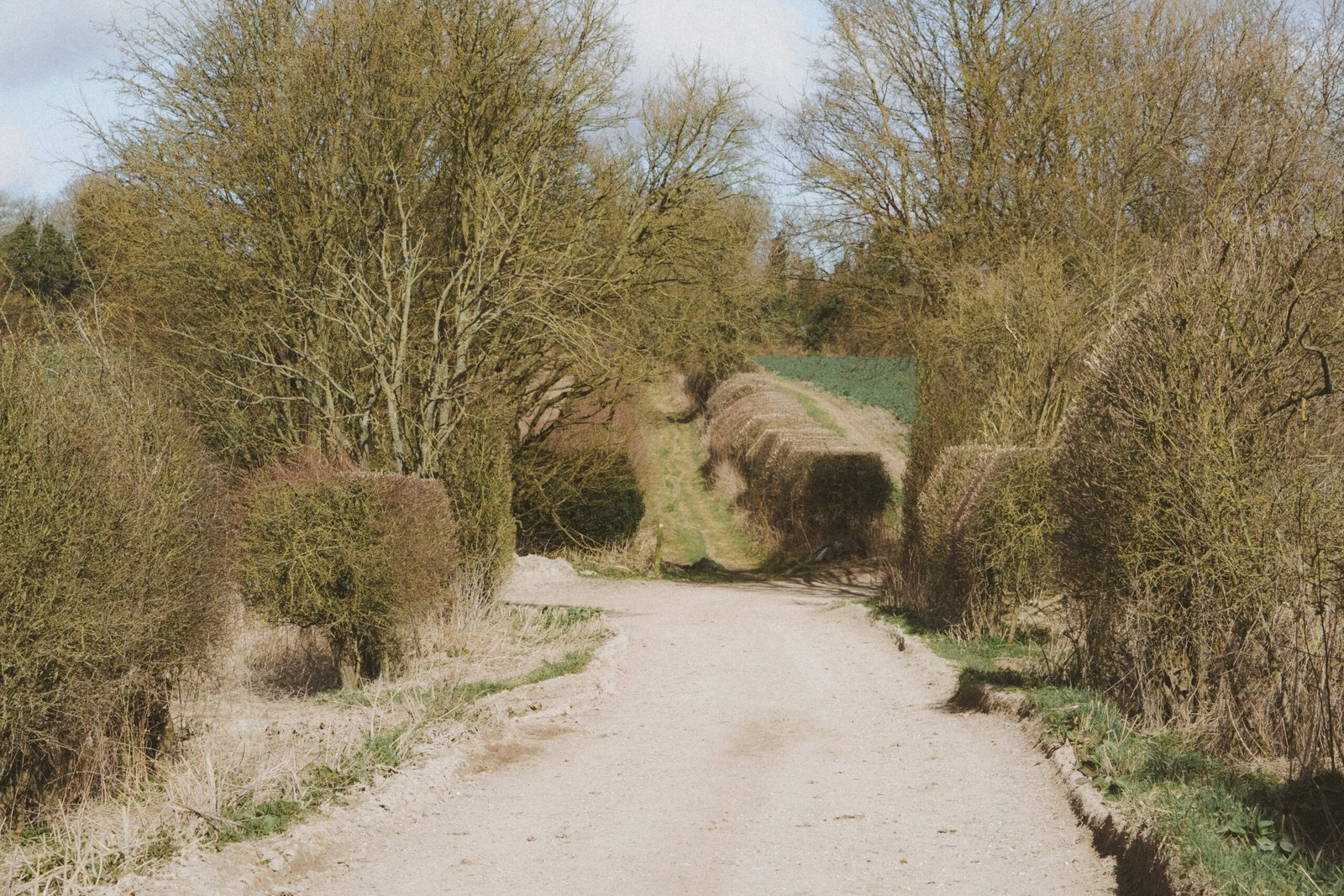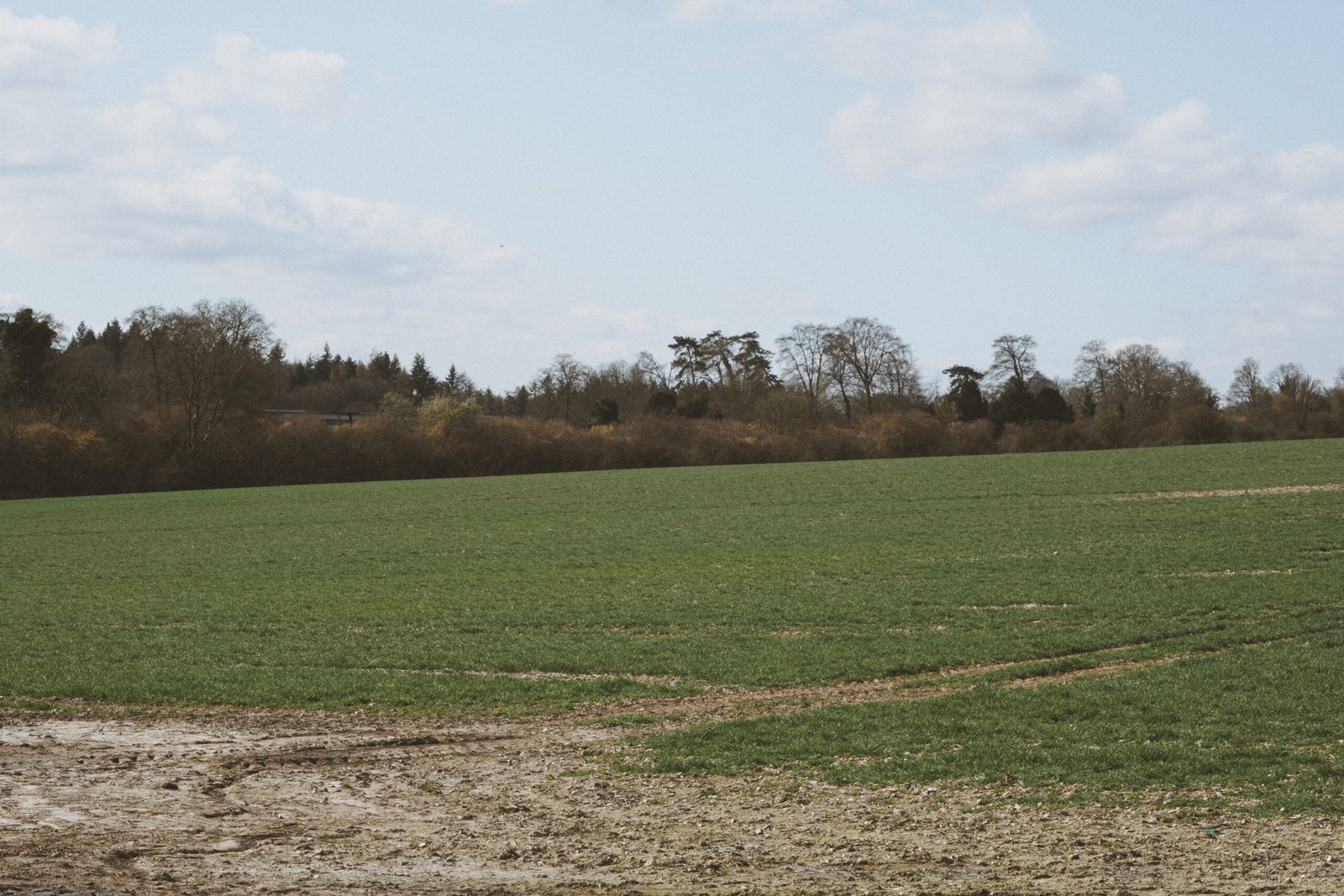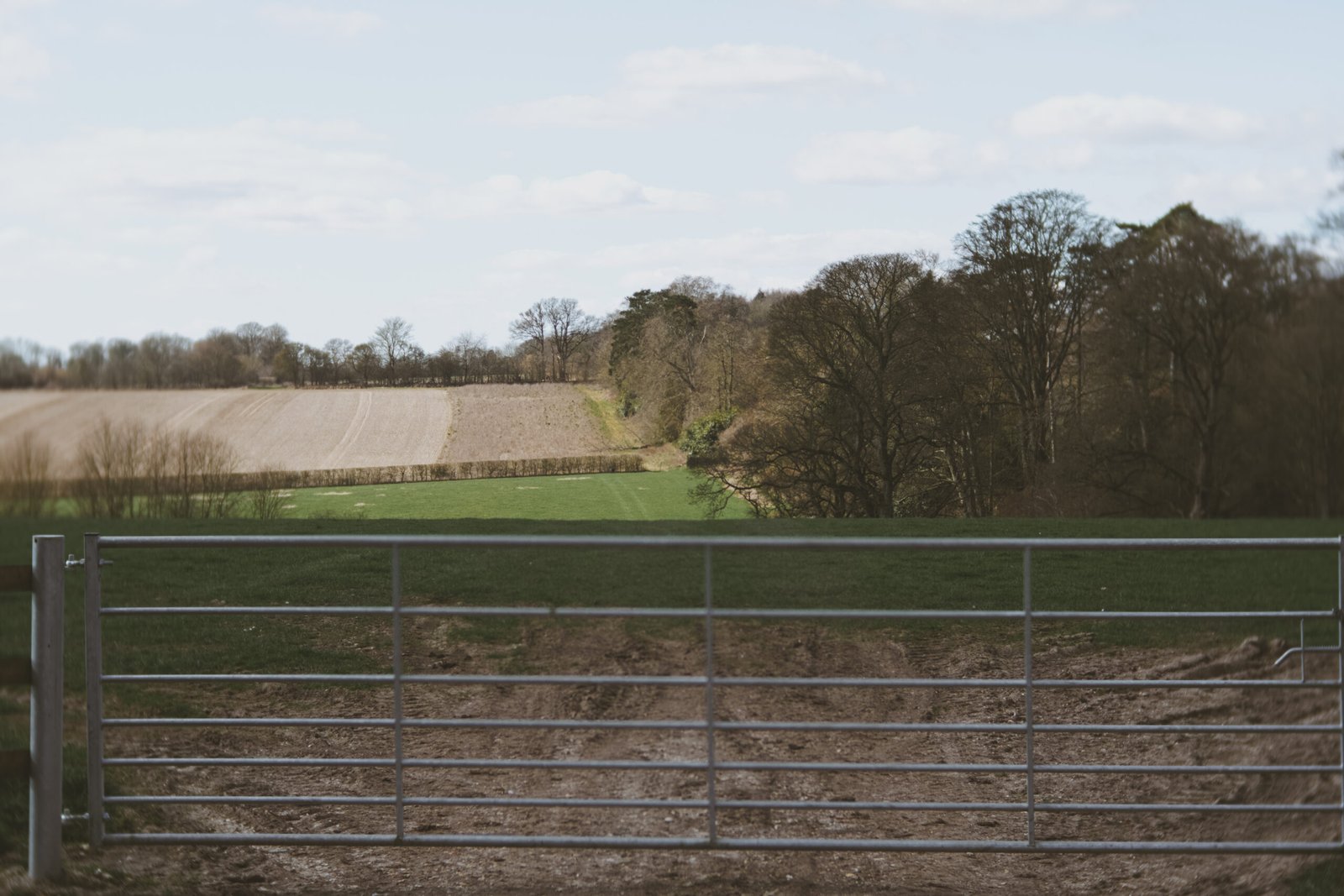On the Real Watership Down
The Iron Road
The railway line marking the southern edge of Efrafan control.
As darkness fell, just before the end of the silflay, Captain Campion came up the field with a patrol of three and Chervil ran out to meet him on the sentry-line. Bigwig joined them and listened to the talk. He gathered that Campion had been out as far as the iron road but had found nothing unusual.
‘Don’t you ever go beyond the iron road?’ he asked.
‘Not very often,’ answered Campion. ‘It’s wet, you know—bad rabbit country. I have been there, but on these ordinary circuit patrols I’m really looking nearer home. My job is partly to notice anything new that the Council ought to know about, and partly to make sure we pick up anyone who bolts.’
Chapter Thirty Five—Groping.
Marking the southern edge of Efrafan influence, the Iron Road is a stretch of regional railway line between Whitchurch and Overton.
The Iron Road’s most memorable appearance in both the novel and film comes as the wounded Holly tells of his escape from Efrafa (Chapter Twenty Seven, ‘You Can’t Imagine It Unless You’ve Been There’). He stumbles down the railway embankment and expects to be caught by pursuing Efrafans when an ‘enormous thing—I can’t give you any idea of it—as big as a thousand hrududil—bigger—came rushing out of the night. It was full of smoke and light and it roared and beat on the metal lines until the ground shook beneath it’.
This event is noteworthy for being one of the big indicators as to the loose time period in which the novel is set. The description given of the train, ‘it was full of smoke’, indicates a steam powered locomotive. The last regular passenger service utilising steam engines was withdrawn in 1968. So, don’t believe what Google AI and at least one study guide tries tell you about the novel being set in the 1970s!
Looking west. The arch under the iron road is in the middle distance.
Rather conveniently, at least for our purposes, the railway is spanned by a bridge on a public byway. From here you have an excellent view of the line as it runs from Whitchurch in the east, to Overton in the west. From this vantage point, the arch under the line is somewhere in the region of 180 metres away to the west. With a good zoom lens on your camera, or a set of binoculars, you can just make out the railings on top of the viaduct.
Although it doesn’t feature in the book or the film, the bridge also provides the visitor with what I thought was a reasonable view up to Efrafa. However, Chris Boyce’s images from 1982 and 1983 show a far more open, less cluttered set of hedgerows. I prefer the more unkempt, contemporary view.



